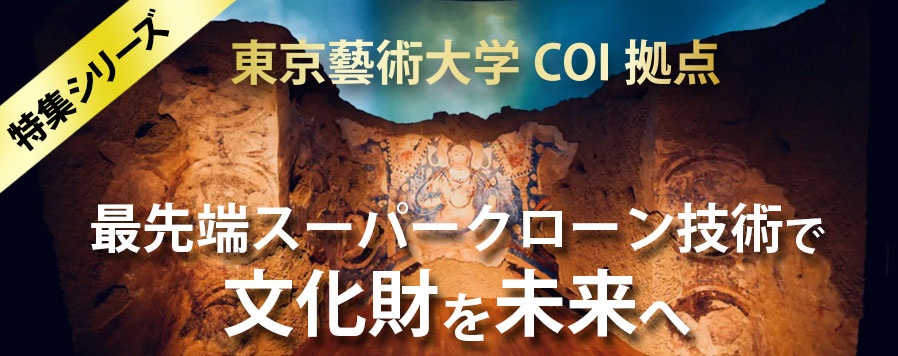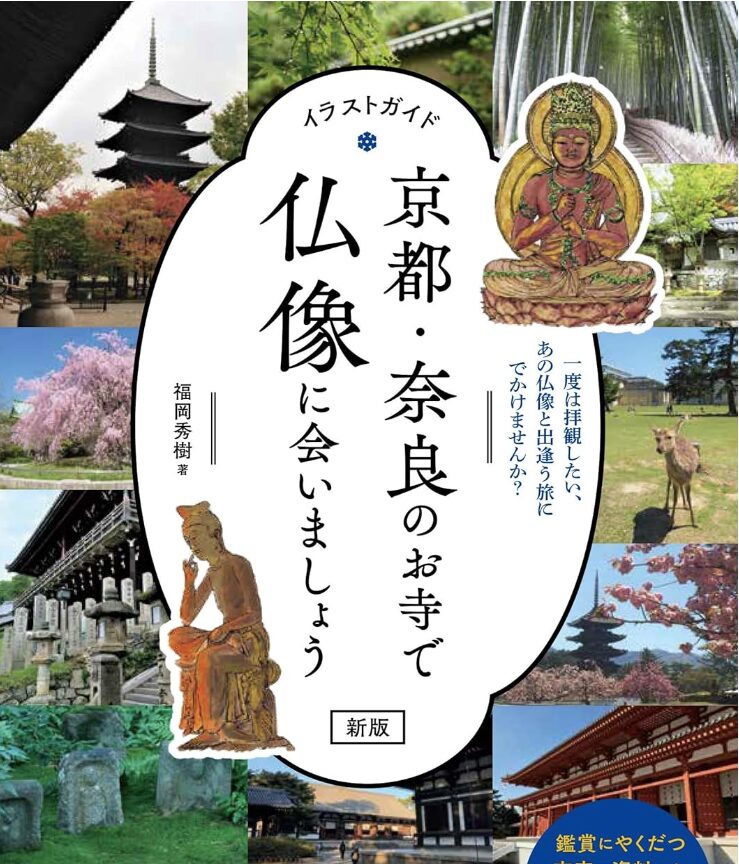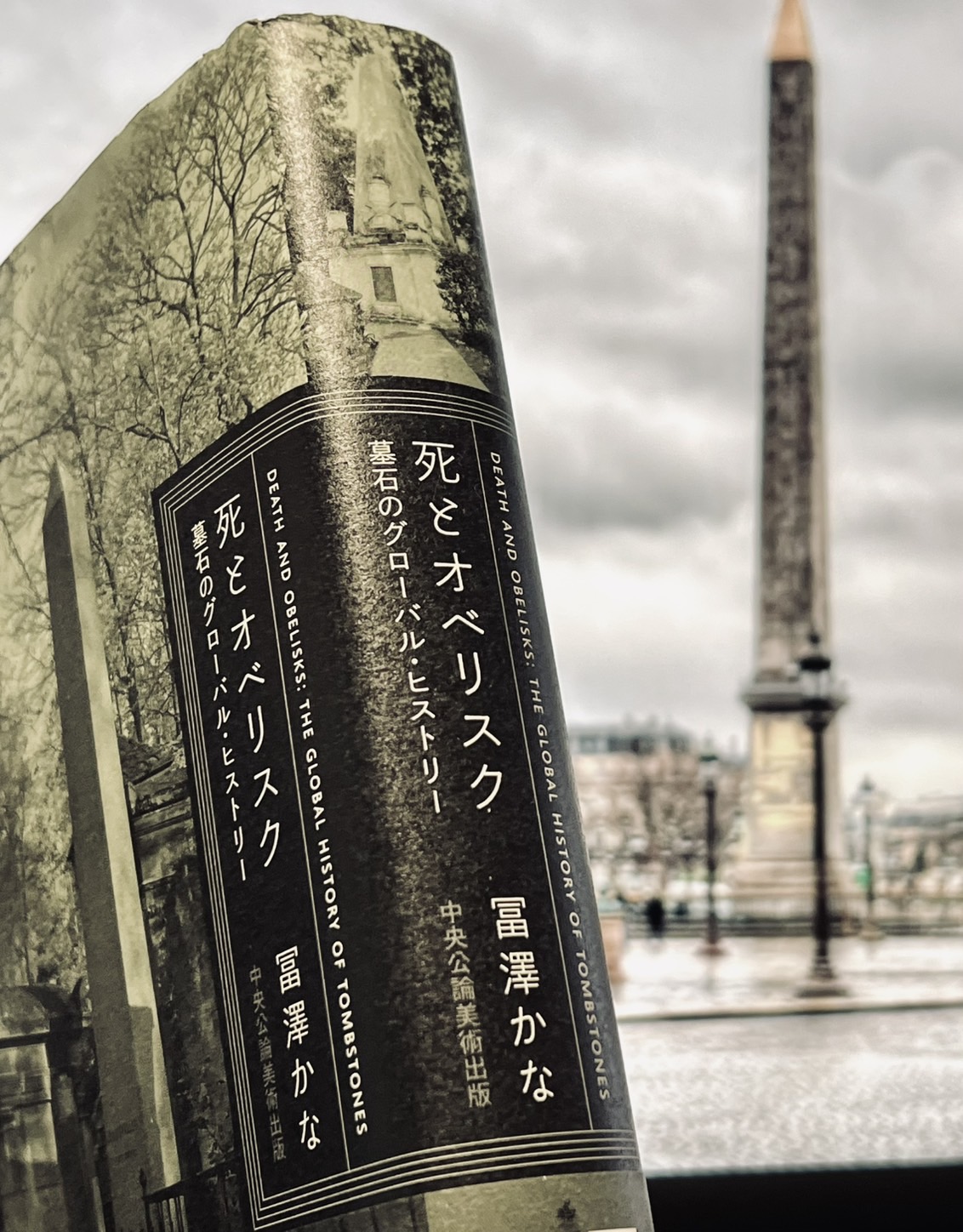■A Pillar That Remembers the Dead — Kana Tomizawa’s Death and Obelisks : the Global History of Tombstones
【新刊情報】

冨澤かな『死とオベリスク—墓石のグローバル・ヒストリー』(中央公論美術出版, 税込7,700円)は、古代エジプトの神殿建築に由来するオベリスクが、時を経て近代墓地に姿を現すまでの意匠の移植と変容を追いかける、刺激的で学際的な文化史研究である。
Kana Tomizawa’s Death and Obelisks: The Global History of Tombstones (Chūōkōron Bijutsu Shuppan, ¥7,700) is a compelling work of cultural history that explores how the obelisk—originally a sacred architectural form in Egyptian temple complexes—was transposed and transformed into a prominent funerary symbol in modern cemeteries.
本書の出発点は18世紀インド・カルカッタの墓地に建つ一本のオベリスク型墓石。著者が現地を訪れた際に目にしたこの異様なモニュメントへの「なぜここに?」という素朴な疑問が、本書全体を貫く思索の核となる。欧州から植民地インドへ、さらに古代ローマからエジプトへと、オベリスクのモチーフは時空を超えて運ばれ、読み替えられ、やがて「死」を象徴する記念碑として定着する。
The book’s point of departure is an obelisk-shaped tombstone standing in an 18th-century cemetery in Calcutta. During a visit, the author was struck by the sight of this striking monument and asked a simple yet profound question: “Why here?” This moment of curiosity becomes the driving force of the inquiry that spans the entire volume. From Europe to colonial India, from ancient Rome back to Egypt, the motif of the obelisk travels through time and space, continually reinterpreted—eventually settling into its role as a marker of death and memory.
構成はカルカッタ、ローマ、ロンドン、スーラト、ボローニャ、パリなど複数の都市を舞台に展開し、各地の墓地や建築、装飾の変遷をつぶさに分析。18世紀東インド会社の支配下におけるイギリス人墓地でオベリスクが流行した背景や、西洋における古代回帰の建築思潮との関係にも丁寧な検証が施されている。
The book unfolds across a constellation of cities—Calcutta, Rome, London, Surat, Bologna, and Paris—offering detailed analyses of cemeteries, architectural styles, and decorative trends in each locale. With careful attention to historical nuance, Tomizawa investigates why obelisks gained popularity in British cemeteries under East India Company rule in the 18th century, and how this phenomenon intersected with broader neoclassical revivals in the West.
美術史・建築史・宗教史を横断しながら、インドのイギリス人墓地を起点とするオベリスク型墓石の展開をたどり、記憶と意匠が交差する場を描き出す。
Crossing the boundaries of art history, architectural studies, and religious history, this book traces the development of obelisk-shaped tombstones from British cemeteries in India, illuminating the intersections of memory and design.
あとがきでは、個人的な喪失の経験が静かに語られている。そうした背景が、石碑や墓標に託された「記憶のかたち」へのまなざしに、より深い静けさと誠実さを添えているのかもしれない。
In the afterword, a quiet account of personal loss is offered. Such a backdrop may lend her gaze upon the “forms of memory” inscribed in stone a deeper sense of stillness and sincerity.
オベリスクという一本の石柱から、世界の墓制と死生観を浮かび上がらせる知的冒険の書。学術書でありながら、頁をめくる手が止まらない読みごたえがある。研究者はもちろん、記憶と死にまつわる問いを抱く幅広い読者にとって、静かに心に残る一冊となるだろう。
This is an intellectual journey that begins with a single stone pillar and expands into a global meditation on funerary practices and conceptions of death. Though scholarly in nature, the book offers page-turning depth and resonance. For researchers as well as general readers grappling with questions of memory and mortality, it promises to be a quietly unforgettable companion.

冨澤かな著『死とオベリスク 』書影





【寺社Now編集部】









